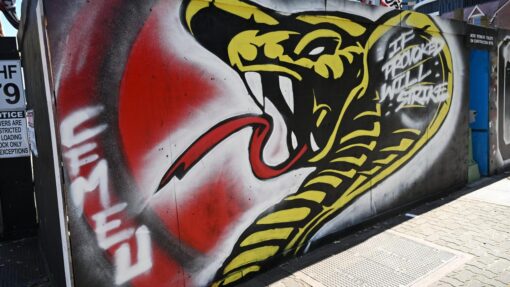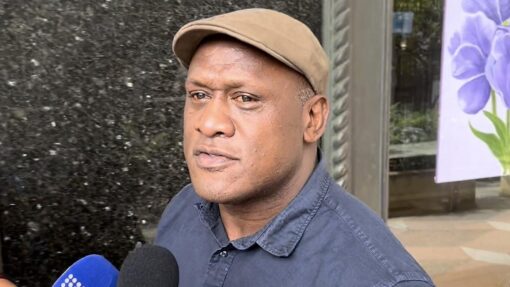Bus driver safety measures ‘ineffective’
Cheryl Goodenough |
Brisbane bus drivers reported more than 700 incidents of abuse or assault last year even though more safety measures have been put in place since a driver died at the hands of a mentally ill man more than five years ago, a union representative says.
Rail, Tram and Bus Union assistant state secretary Tom Brown said the incidents included nine in which objects were thrown at drivers, 11 involving physical contact like striking and pushing, and 16 of spitting.
There were a total of 711 incidents last year, up from 654 in 2020 even though passenger numbers were down due to COVID-19.
Mr Brown raised the need for more safety measures after attending the inquest into the death of 29-year-old Manmeet Sharma, also known as Manmeet Alisher, who died at the hands of Anthony O’Donohue who boarded the bus he was driving at Moorooka in Brisbane’s south about 9am on October 28, 2016.
Mr O’Donohue was charged with murder after he lit a Molotov cocktail of diesel and petrol before throwing it on Mr Sharma.
But Queensland’s Mental Health Court declared him of unsound mind and not criminally responsible for his actions.
That court ordered he be held in a mental health facility for at least a decade, the first time such an order had been made.
Mr Brown said the number of assaults was proof current bus driver barriers were ineffective.
The union supported safety measures already introduced since Mr Sharma’s death, but Mr Brown told reporters outside the Brisbane court on Tuesday the Brisbane council underestimated the scale of the problem.
“They need to up the ante,” he added.
Mr Brown hoped coroner Terry Ryan would make recommendations that would fast-track a process announced by the state government last week for new urban buses to be fitted with driver barriers from July 1.
The inquest heard earlier the mental health of Mr O’Donohue, an intelligent man with two degrees, had deteriorated badly in the six months before the attack on Mr Sharma.
Psychiatrist Dr Angela Voita said she diagnosed Mr O’Donohue with schizophrenia while treating him for five years until December at The Park high security inpatient unit, although other experts found he had delusional disorder.
Mr O’Donohue thought he was being persecuted, his medical practitioners were involved in a conspiracy and that he was being sent messages through his computer and television.
But “he didn’t believe he actually had a mental illness,” Dr Voita said.
The inquest heard earlier Mr O’Donohue received involuntary and voluntary mental health treatment for years before being discharged on August 1, 2016.
When he tried to make a further appointment on August 31, 2016 he was told he had been closed to the service.
The inquest continues.
Lifeline 13 11 14
beyondblue 1300 22 4636
AAP


